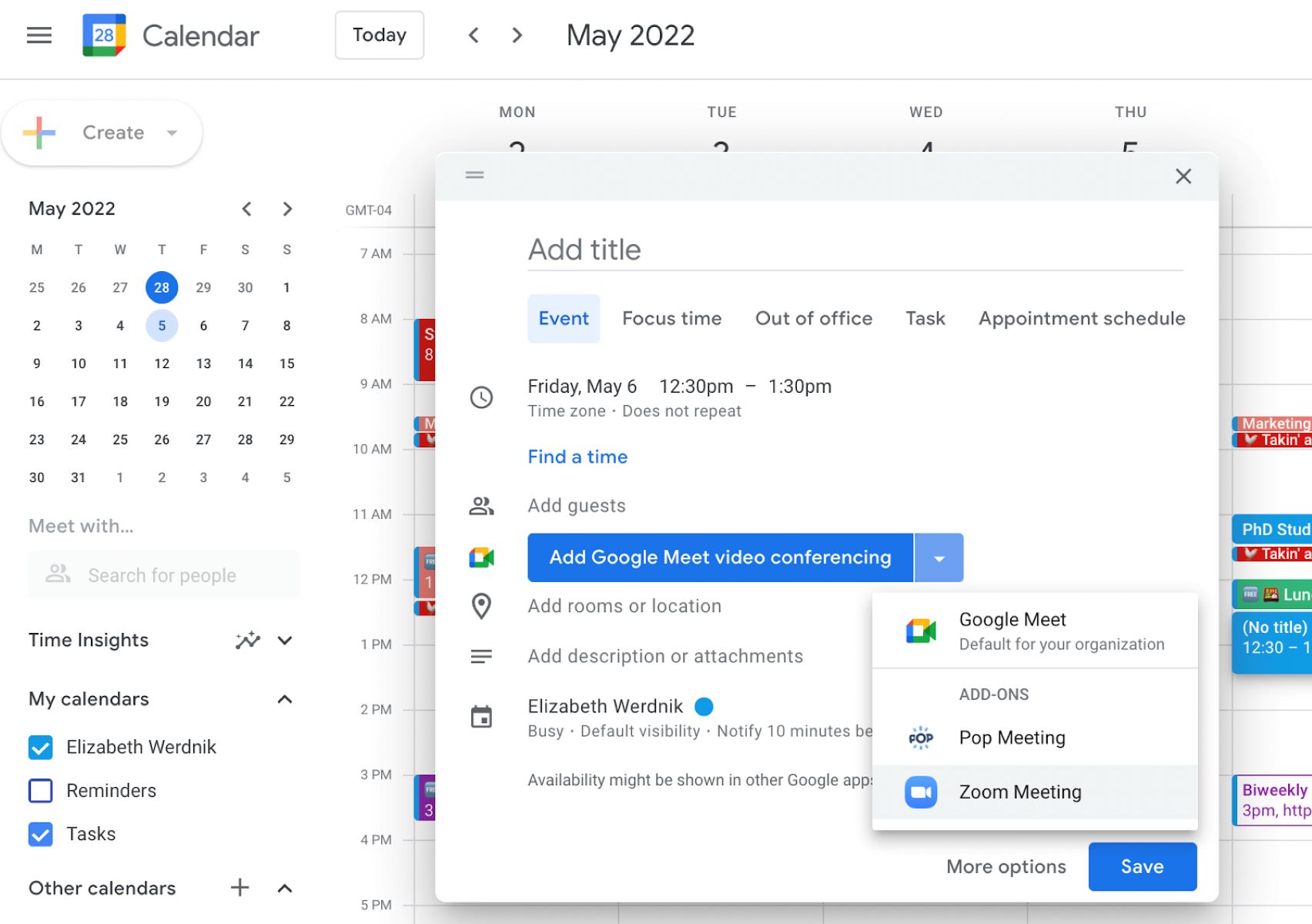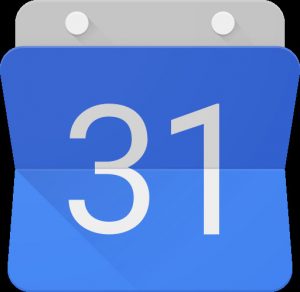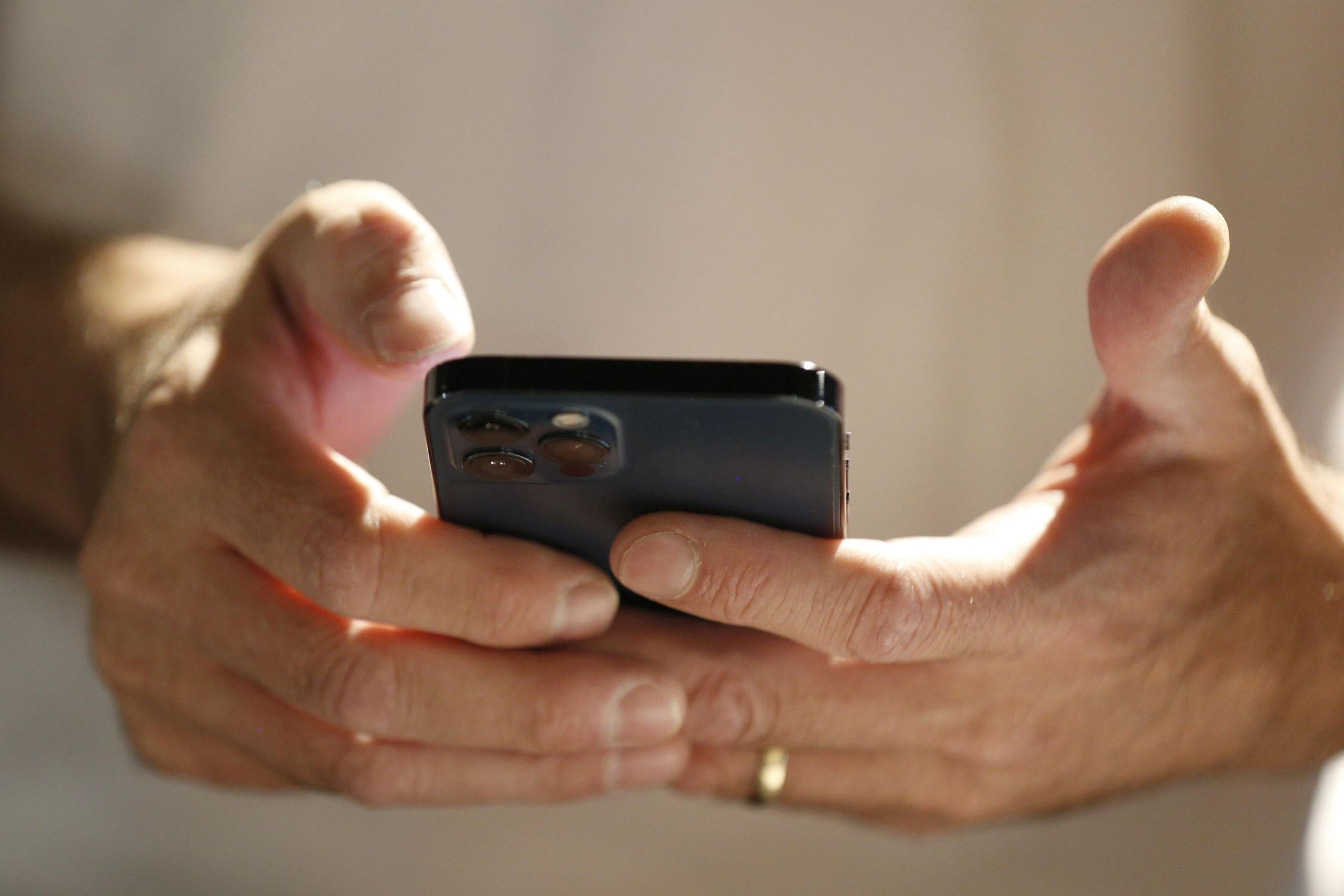What is a Google Calendar ID?
A Google Calendar ID is a unique identifier that is assigned to each Google Calendar. It is used to distinguish one calendar from another and is necessary for various tasks, such as sharing calendars, embedding them on websites, and accessing them through APIs.
When you create a new Google Calendar, it is automatically assigned a unique ID. This ID is a combination of letters, numbers, and symbols that serve as a reference for the calendar. By using this ID, you can easily locate and interact with your calendar in different scenarios.
Google Calendar IDs are especially useful when you have multiple calendars or when you need to share a specific calendar with others. Instead of relying on the calendar name, which can be easily changed, the ID ensures that the correct calendar is identified and accessed.
It is important to note that your Google Calendar ID is not the same as your Google account ID or email address. It is a separate identifier specific to each calendar that you create.
Having a clear understanding of your Google Calendar ID can greatly simplify tasks such as integrating your calendar with other applications, sharing it with colleagues or clients, or embedding it on your website.
How to Find Your Google Calendar ID
Finding your Google Calendar ID is a straightforward process. There are multiple methods you can use, depending on your preference and the tools available to you. Here are three common methods:
-
- Method 1: Using the URL
One simple way to find your Google Calendar ID is through the calendar’s URL. Follow these steps:
-
-
- Go to Google Calendar and sign in to your account.
- Locate the calendar you want to find the ID for.
- Click on the three vertical dots next to the calendar name and select “Settings and sharing.”
- Scroll down to the “Integrate calendar” section and look for the “Calendar ID” field. The ID will be in the form of an email address.
- Method 2: Accessing through Google Calendar Settings
-
If the calendar is already open in Google Calendar, you can find the ID through the settings. Here’s how:
-
-
- Open the Google Calendar that you want to find the ID for.
- Click on the gear icon in the top right corner to access the settings.
- Select “Settings” from the drop-down menu.
- Click on the calendar you want to find the ID for from the left sidebar.
- Scroll down to the “Calendar Address” section. The ID will be displayed next to “Calendar ID.”
- Method 3: Using Google Calendar API
-
If you’re comfortable working with APIs, you can use the Google Calendar API to retrieve your calendar ID programmatically. Here is a basic example using JavaScript:
javascript
function getCalendarId() {
gapi.client.calendar.calendarList.list({})
.then(function(response) {
var calendars = response.result.items;
// Iterate through the calendars and find your target calendar
// The ID can be accessed as calendar.id
});
}
This method requires setting up the Google Calendar API and obtaining the necessary credentials. It is a more advanced option but allows for automated retrieval of the calendar ID.
By using one of these methods, you can easily find your Google Calendar ID and efficiently manage and integrate your calendar into various applications and platforms.
Method 1: Using the URL
One simple way to find your Google Calendar ID is through the calendar’s URL. Follow these steps:
- Go to Google Calendar and sign in to your account.
- Locate the calendar you want to find the ID for.
- Click on the three vertical dots next to the calendar name and select “Settings and sharing.”
- Scroll down to the “Integrate calendar” section and look for the “Calendar ID” field. The ID will be in the form of an email address.
Using the URL is a quick and easy way to retrieve your Google Calendar ID. Here’s an example to illustrate this:
Let’s say you have a calendar called “Work Schedule.” To find its ID using the URL method, follow these steps:
- Log in to your Google Calendar account.
- Navigate to the “Work Schedule” calendar by clicking on it in the calendar list.
- In the top-right corner, click on the three vertical dots (also known as the “More options” menu).
- From the drop-down menu, select “Settings and sharing.”
- Scroll down the settings page until you find the “Integrate calendar” section.
- Look for the “Calendar ID” field. The ID will appear as an email address, such as “work.schedule@example.com”.
By following these steps, you can easily locate your Google Calendar ID using the URL method. Remember to make note of the ID as it will be useful for various tasks, such as sharing the calendar or embedding it on a website.
Method 2: Accessing through Google Calendar Settings
If the calendar is already open in Google Calendar, you can find the ID through the settings. Here’s how:
- Open the Google Calendar that you want to find the ID for.
- Click on the gear icon in the top right corner to access the settings.
- Select “Settings” from the drop-down menu.
- Click on the calendar you want to find the ID for from the left sidebar.
- Scroll down to the “Calendar Address” section. The ID will be displayed next to “Calendar ID.”
Using this method allows you to find your Google Calendar ID directly through the settings of the calendar itself. Here’s an example to help you understand how to locate the ID:
Let’s say you have a calendar named “Family Events” that is already open in Google Calendar. To find its ID using the settings method, follow these steps:
- Make sure you are in the “Family Events” calendar view.
- In the top-right corner, click on the gear icon to access the settings.
- From the drop-down menu, select “Settings.”
- In the left sidebar, you will see a list of your calendars. Click on “Family Events” to access its settings.
- Scroll down the settings page until you reach the “Calendar Address” section.
- Locate the “Calendar ID” entry, and next to it, you will find the unique ID for the “Family Events” calendar.
By following these steps, you can easily access your Google Calendar ID through the settings of the specific calendar. Remember to note down the ID as it will be essential for various purposes, including sharing the calendar or integrating it into other applications.
Method 3: Using Google Calendar API
If you’re comfortable working with APIs, you can use the Google Calendar API to retrieve your calendar ID programmatically. This method provides a more advanced option for obtaining your Google Calendar ID. Here’s a basic example using JavaScript:
function getCalendarId() {
gapi.client.calendar.calendarList.list({})
.then(function(response) {
var calendars = response.result.items;
// Iterate through the calendars and find your target calendar
// The ID can be accessed as calendar.id
});
}
This method requires setting up the Google Calendar API and obtaining the necessary credentials. Here are the steps you can follow:
- Go to the Google Cloud Console and create a new project.
- Enable the Google Calendar API for your project.
- Create API credentials (OAuth 2.0 client ID) and download the credentials file.
- Set up the necessary libraries and dependencies in your development environment.
- Implement the code snippet provided, making sure to replace any placeholders with your own values.
- Run the script and retrieve the list of calendars associated with your Google account.
- Iterate through the calendars and find the target calendar by comparing the calendar name or other properties.
- Access the calendar ID as the “id” property of the calendar object.
Using the Google Calendar API offers a powerful way to programmatically retrieve your calendar ID. It provides flexibility and automation for integrating your calendar with other applications or performing custom operations.
However, it’s worth noting that using the Google Calendar API requires some technical knowledge and familiarity with coding. If you’re not comfortable working with APIs, you may want to consider the other methods mentioned earlier to find your Google Calendar ID.
Troubleshooting: Common Issues and Solutions
While finding your Google Calendar ID is typically a straightforward process, you may encounter some common issues along the way. Here are a few troubleshooting tips to help you overcome these challenges:
-
- Issue: Can’t find the “Settings and sharing” option:
Solution: If you’re unable to locate the “Settings and sharing” option in the three-dot menu, make sure you’re accessing your calendar from a web browser and not a mobile app. Mobile apps may have a slightly different interface, so try accessing Google Calendar from a computer.
-
- Issue: Calendar ID is not visible in the “Integrate calendar” section:
Solution: If the calendar ID is not visible in the “Integrate calendar” section, double-check that you have administrative access for the calendar. Only calendar owners or those with the right permissions can view the calendar ID. If you’re not the owner, you may need to request access from the owner.
-
- Issue: Inaccessible or restricted calendar:
Solution: If you’re trying to access a calendar that is marked as private or restricted, you may encounter difficulties retrieving the calendar ID. In such cases, you may need to contact the calendar owner and request access or ask them to share the calendar’s ID with you.
-
- Issue: Error in API implementation:
Solution: If you’re encountering issues while using the Google Calendar API to retrieve your calendar ID, double-check that you have followed all the necessary steps for setting up the API credentials and dependencies. Ensure that the code implementation is correct and that the required libraries are properly installed. You can also refer to the Google Calendar API documentation or seek assistance from the API developer community for troubleshooting specific errors.
-
- Issue: Calendar ID not found in API response:
Solution: If you’re using the Google Calendar API to retrieve your calendar ID and it is not appearing in the API response, verify that your API scope includes the necessary permission to access calendar data. Make sure the target calendar, in this case, is visible and accessible to the authorized API client.
By following these troubleshooting tips, you can overcome common issues and find success in retrieving your Google Calendar ID. If you continue to encounter challenges, it may be helpful to consult Google’s support documentation or seek assistance from the Google Calendar community forums for further guidance.
Conclusion
Understanding and being able to find your Google Calendar ID is essential for effectively managing and utilizing your calendars. Whether you need to share your calendar with colleagues, embed it on a website, or integrate it with other applications, having quick access to your calendar ID is crucial.
In this article, we explored three different methods to find your Google Calendar ID: using the URL, accessing through Google Calendar settings, and utilizing the Google Calendar API. Each method offers its own advantages and can be chosen based on your preferences and level of technical expertise.
The URL method provides a simple way to find your calendar ID directly through the URL of your calendar. It is accessible to anyone and requires no technical knowledge.
The settings method allows you to find the calendar ID through the settings of your Google Calendar. It is especially helpful when you already have the calendar open and need to access the ID quickly.
Finally, the Google Calendar API method offers a more advanced option for retrieving your calendar ID programmatically. This method is suitable for developers who are comfortable working with APIs and want to automate the process of retrieving the ID.
While finding your Google Calendar ID is usually a smooth process, it’s important to be aware of potential issues that may arise. The troubleshooting section provided solutions for common issues such as accessing the settings, visibility of the calendar ID, restricted calendars, errors in API implementation, and missing ID in API responses.
By following the methods and troubleshooting tips mentioned in this article, you can easily find your Google Calendar ID and leverage it for various purposes such as collaboration, organization, and integration.
Now that you have the knowledge and tools to find your Google Calendar ID, you can confidently manage your calendars and make the most of the powerful features offered by Google Calendar!







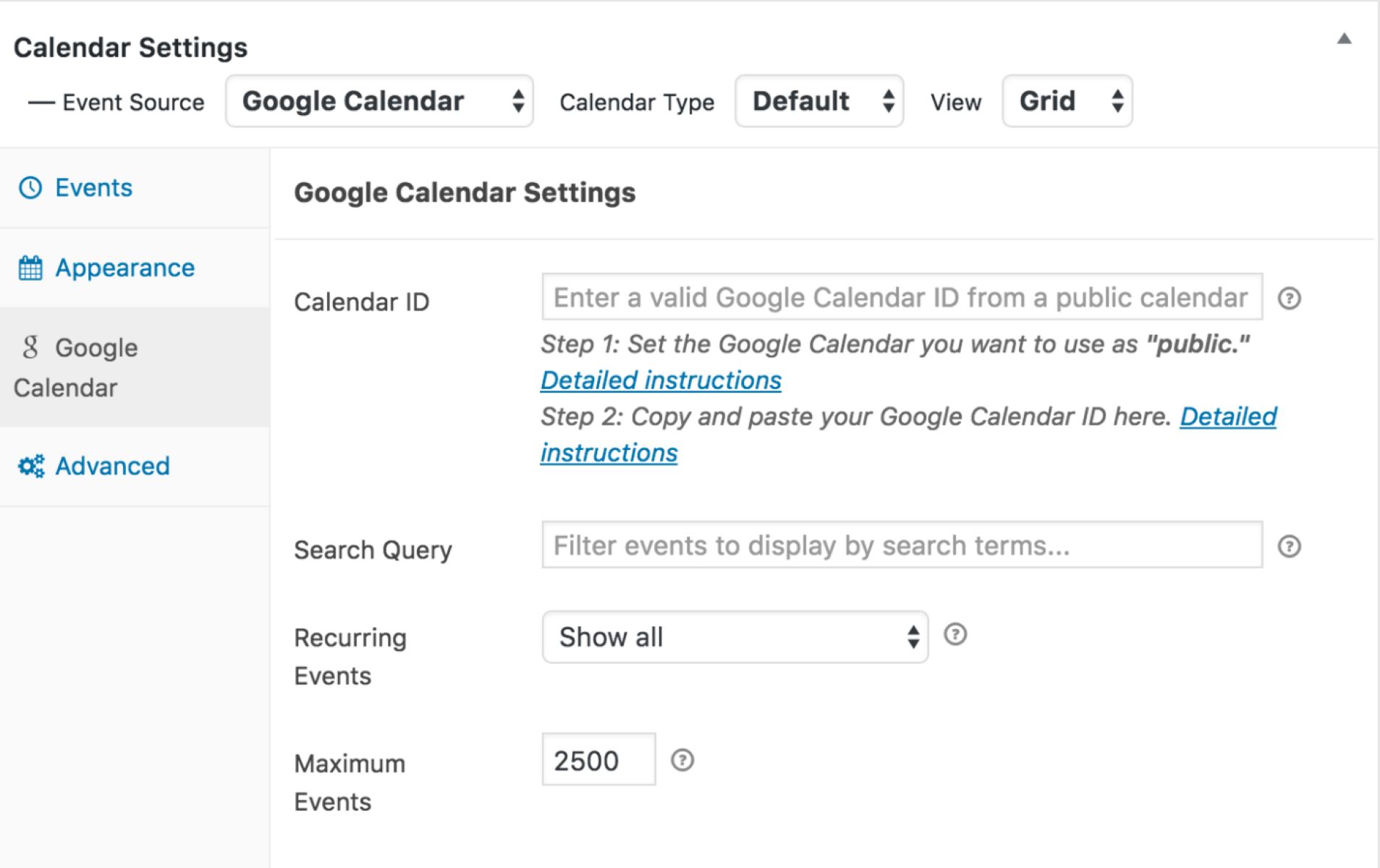

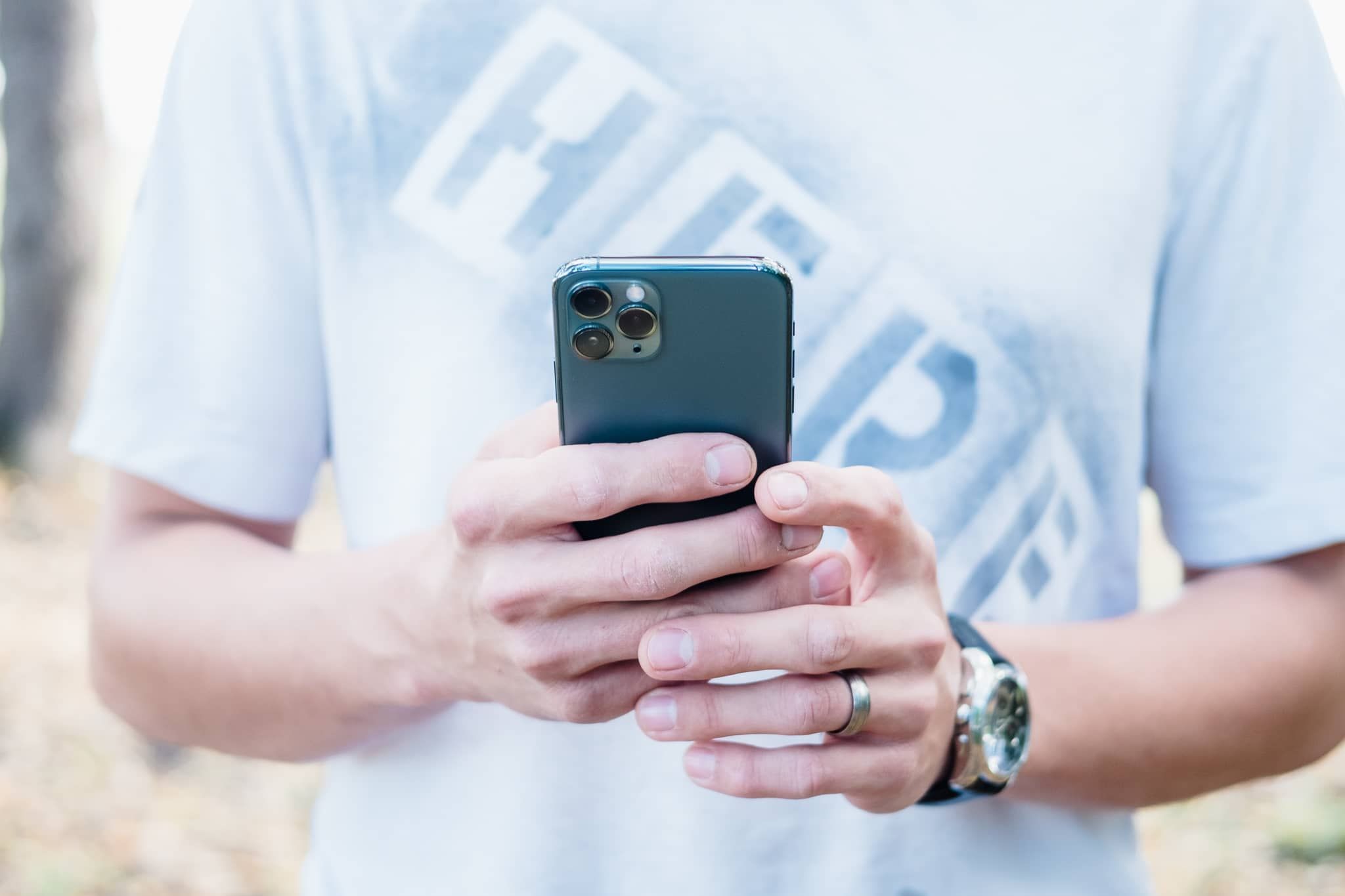
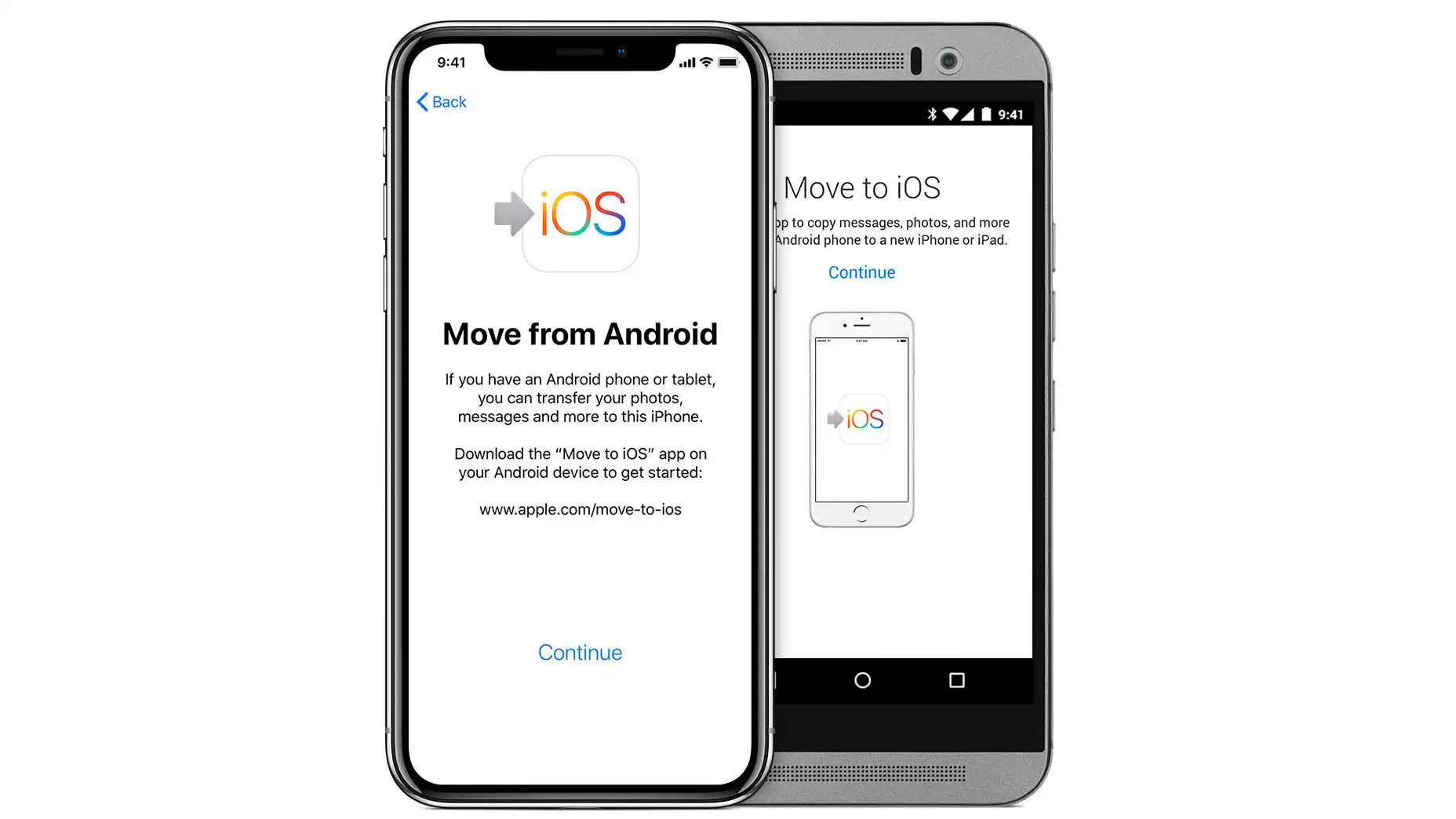
![20 Best Productivity Apps to Get Things Done [PC & Mac]](https://robots.net/wp-content/uploads/2020/05/write-593333_1920-300x177.jpg)
